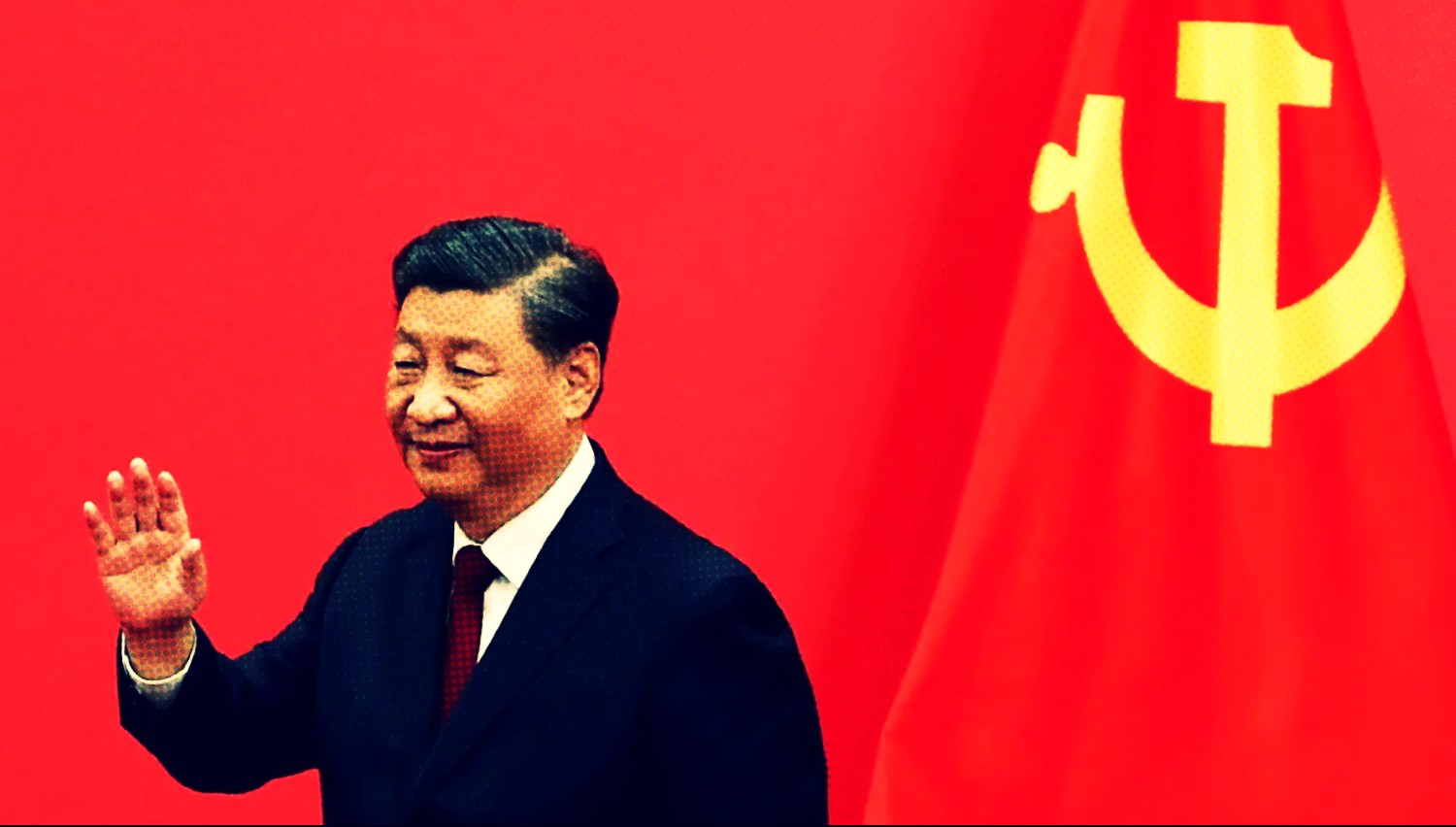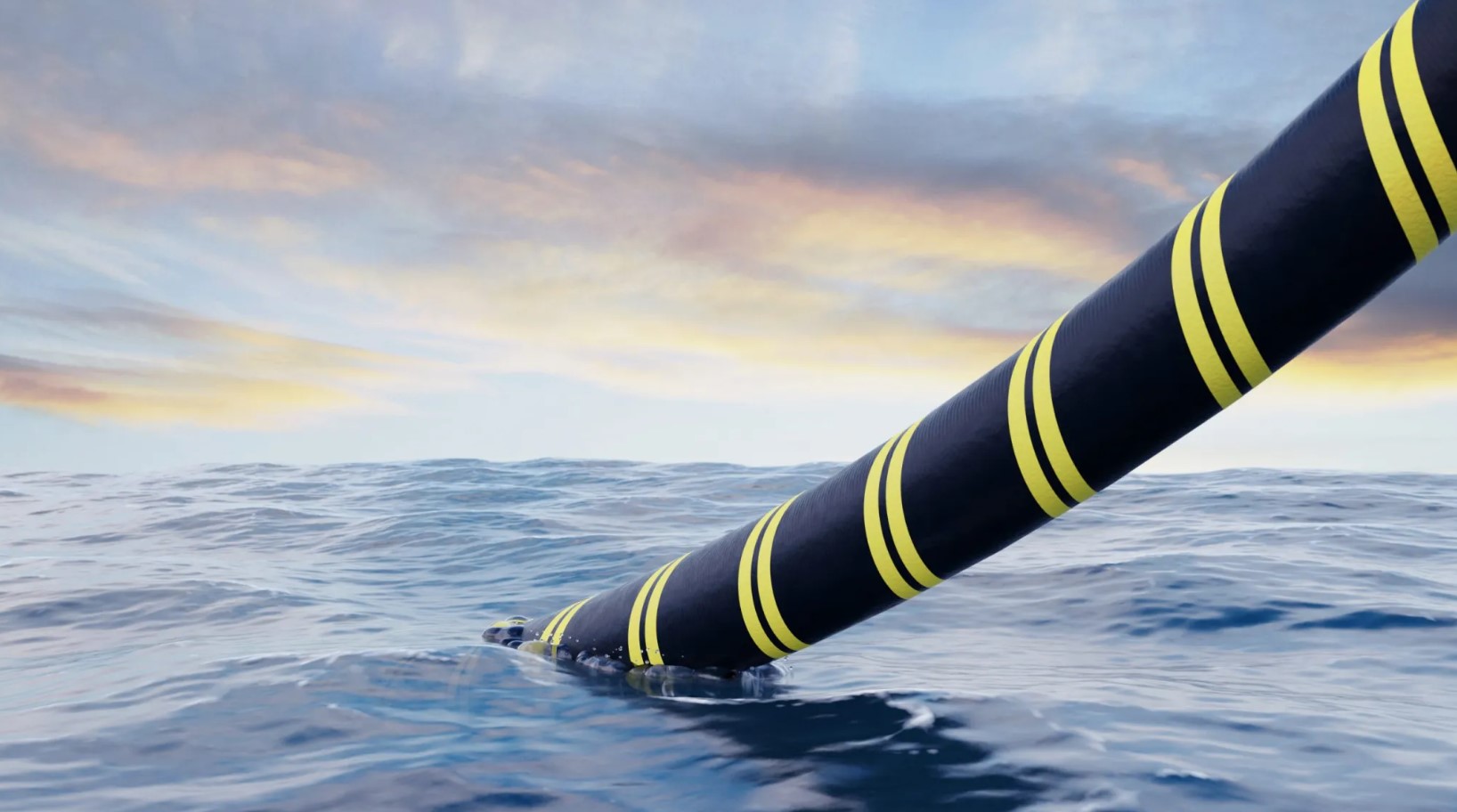By Ritu Sharma
Tensions in the South China Sea emanating from China’s aggressive posturing have delayed the subsea cable projects in the region that would have boosted the internet in Asian countries. These projects are owned by Japanese, Singaporean, and US telecommunication and tech companies.
According to a report in Nikkei Asia, China is throwing a spanner in the works of cable owners such as Japan’s Nippon Telegraph and Telephone, Singapore Telecommunications, and the US tech giants Meta and Google by delaying approval to permits to even work outside its recognized territorial waters.
The report said the delay and pushed-back deadlines are increasing the project costs.
The South China Sea is a popular subsea cable route as it is the shortest path connecting east Asia with the south and the west of the continent as well as onwards to Africa.
About 95 percent of all intercontinental internet traffic — data, video calls, instant messages, and emails — is transmitted via more than 400 active submarine cables that extend for 1.4 million km, according to TeleGeography, a Washington-based telecommunications research firm.
These cables conduct everything from emails and banking transactions to military secrets.
The lengthy permit issues and inordinate delay by the Chinese authorities citing “national security” is causing cable project owners to find alternative routes.
For instance, a cable under construction called Southeast Asia-Japan 2 (SJC2) by Singtel has been delayed by more than a year because of Chinese objections. The cable will connect Japan to Singapore, Taiwan, and Hong Kong.
Beijing stakes claim on the South China Sea in toto, including the maritime areas marked by the disputed “nine-dash line.” As per international law, states or companies require a permit when laying and maintaining cables within 12 nautical miles of the country’s territory.
But permits are not required for working in the country’s Exclusive Economic Zone, which extends from 12 nautical miles to 200 nautical miles from land.
The report quotes industry sources that say that the Chinese authorities have made obtaining permits within the 12 nautical miles cumbersome. Also, in the past, China has expressed apprehension that the companies could use cables as a front for espionage in the region.
Meta has been joining hands with other companies to ease the process. But this did not stop Beijing from holding up approval for sea-floor prospecting for the SJC2 cable owned by a consortium including China Mobile, Taiwan’s Chunghwa Telecom, and Meta for several months in its territorial waters around Hong Kong.
China has been blocking the projects backed by US companies after it was excluded from international infrastructure projects.
Meta is collaborating with other companies to invest in eight new submarine cables, which are expected to be ready for service by 2025. Two of these cables, Echo and Bifrost, will be the first cables to directly connect Jakarta (Indonesia) with the US and one of few APAC–NA3 cables to avoid the Luzon Strait.
Apricot will be the first intra-Asia submarine cable that does not traverse the crowded part of the South China Sea. It will link Singapore, Japan, Taiwan, Guam, Indonesia, and the Philippines.
These investments will be made in the form of consortiums, to which Meta will contribute both in a “technological and financial” way. The circumventing does not come cheap.
The laying of cable along the new route is more expensive because of the shallower waters near Borneo, the largest island in Asia divided politically among three countries – Malaysia, Brunei, and Indonesia. The shallow waters mean extra protective layers around the fiber. So, the building takes longer and costs more.
South China Sea Tensions
Roughly 60 percent of the international submarine cable systems in Asia Pacific land in Japan, Singapore, or Hong Kong. This has created two bottlenecks in the links to Southeast Asia and North America – the Luzon Strait between the Philippines and Taiwan; and the South China Sea.

The South China Sea is among the busiest waterways in the world, and almost all the intra- Asia-Pacific submarine cables traverse through it.
Aiming to control the information channels, China also undercut Hong Kong’s legal autonomy. In June 2020, it brought a national security law that curtailed Hong Kong’s autonomy and formalized Chinese state security and intelligence services’ jurisdiction over the island.
This transformed this major area for international internet traffic into a primary gateway to China.
Taiwan is home to two hyper-scale data centers that are connected to 15 submarine cables. More cable projects connecting them to Singapore, Japan, Guam, the Philippines, Taiwan, and Indonesia by 2024.
These cables are also at high risk should there be a military confrontation with China. Beijing has the capability to hold these information waterways hostage in case of a conflagration.
It is the need to adapt to this geo-political challenge that has led the cable builders to plan new routes. Echo and Bifrost will be the first transpacific cables to avoid the South China Sea and pass through the Java Sea.
Along with Echo, Apricot will be the first intra-Asia subsea cable that doesn’t pass through the South China Sea and Hong Kong.
With this, the cable builders hope to diversify the networks to secure them against outages and avoid the impediments of operating near Chinese territory.
With the constant delay in the permits from Chinese authorities, the cable builders expect Indonesia, the Philippines, and Guam to emerge as new nodes for trans-Pacific networks.
Indonesia is projected to have a US$ 124 billion digital economy by 2025.
The hindrance in developing Indonesia as a landing point for data cables is a lack of regulatory certainty and a nationally coordinated policy for subsea cables and their management. Also, cables landing in Indonesia can be vulnerable to anchor dropping because of extensive fishing.
According to a report released by the Centre for Strategic and International Studies (CSIS) named “Securing Asia’s Subsea Network: US Interests and Strategic Options,” Southeast Asia’s digital economy is growing rapidly and is likely to reach US $1 trillion by 2030.

“Southeast Asia now has a total of 440 million internet users, with sectors such as e-commerce and food delivery powering growth. Twelve new cable systems are slated to begin service in Southeast Asia, Australia, and East Asia over the next three years,” the report released in 2022 said.
This means that tensions over who owns, builds, and runs the submarine cables that channel internet traffic around the world will be the point of main contention between the powers to be.
Requiring permits for cable work gives China a lot of influence over the information pathways carrying data in Asia. This leverage can be offset by diversifying the existing routes, which will increase the resiliency of the submerged cable networks.
- Ritu Sharma has written on defense and foreign affairs for over a decade. She holds a Master’s Degree in Conflict Studies and Management of Peace from the University of Erfurt, Germany. Her areas of interest include Asia-Pacific, the South China Sea, and Aviation history.
- She can be reached at ritu.sharma (at) mail.com




